Cultural cleansing: Israeli bombings destroy Gaza’s famed cultural heritage sites
By Humaira Ahad
“Home (origin), more than anywhere else,” Tim Creswell, a noted British human geographer and poet once said, “is seen as a center of meaning and field of care.”
A homeland is a place where humans feel a strong sense of attachment and entitlement. It carries centuries of history that shape our identity. Our belongingness to a place (home) is hugely determined by the landmarks present there, and the physical entities we see since childhood.
Many of us must have referred to a particular street, shop, shrine, museum, library, mosque, church, or school while talking about an incident or reminiscing about something in the past.
These landmarks act as mileposts and memories get weaved around them. But what if these physical markers that people associate with are wiped out?
In Gaza, the pain and suffering go beyond the loss of human lives. The settler-colonial Zionist entity, in order to colonize Palestinians and change the demographic identity of the place, has been destroying important landmarks, including centuries-old heritage sites in the territory.
The roads lined with bougainvillea, the markets bustling with people, the mosques reverberating with calls to prayer, the Sunday mass at one of the oldest churches in the world, the beach that would be a picnic spot for families, the cemeteries – everything has come under attack.
Palestine has been ruled by various kingdoms throughout history – the Philistine (12th century BC), Egyptians (early 15th century BC), Babylonian (601BC), and the Greeks (332BC).
The country became an important center of learning under Alexander the Great. The Romans also ruled there, followed by the Byzantines before it came under the Islamic dynasties.
After the fall of the Ottoman Empire, the British occupied Palestine during World War I.
With a wide galaxy of dynasties ruling the place, Palestine became the seedbed of varied cultures. As per archaeologists, it has links with a number of ancient civilizations.
In recent decades, after the illegitimate entity came into existence in Tel Aviv, it has been targeting the glorious Palestinian heritage to serve its sinister settler-colonial agenda.
The regime has, in effect, weaponized archaeology and tried to create a biased narrative in order to justify its occupation of the Palestinian lands and oppression against Palestinians.
Since October 7, when the Israeli regime launched its fresh aggression on Gaza, a small territory with 2.3 million population, the attacks to eradicate the archaeological sites have dramatically surged.
Experts say this is being done to erase the memory and the connection of the people to their land.
As per a recent report by the Gaza media office, around 200 monuments belonging to Christian and Islamic history and architecture in the besieged strip have been either completely or partially destroyed as a result of indiscriminate Israeli strikes.
Israeli troops have "either destroyed or damaged more than 200 out of 325 cultural and historical heritage sites in the Gaza Strip," the report said.
‘Domicide’ in Gaza
According to the Palestinian Ministry of Tourism and Antiquities, the exact data about archaeological sites destroyed in Gaza is still unavailable amid difficulties in conducting surveys and assessing destruction on the ground. The unrelenting Israeli aggression has made their job tedious.
A report released on November 7 by Spain-based NGO “Heritage for Peace” said at least 104 archaeological sites have been impacted by the latest Israeli Gaza in Gaza, of which four have been completely destroyed.
The number has more than doubled since the report was released.
“The ancient and archaeological sites destroyed by the (Israeli) army date back to the Phoenician and Roman ages, others date back between 800 BC and 1,400, while others were built 400 years ago,” Palestinian authorities said in a statement.
On December 8, the Great Omari mosque, the oldest and largest mosque in Gaza, was completely destroyed in an Israeli airstrike. Located in the center of the old Gaza City, it was famous as the first mosque in the Gaza Strip.
“Heritage for Peace” reported damage to Ibn Uthman Mosque, dating back to the 15th century, and Sayed Hashem Mosque, where Prophet Muhammad’s (peace be upon him) great-grandfather Hashim Bin Abd Manaf is believed to be buried.
Othman Bin Qashqai Mosque in the Al Zaytoun neighborhood of east Gaza was also bombed by the regime forces, killing a number of Palestinians who had sought refuge in the mosque.
The mosque was among one of the oldest in the coastal strip.
As per official figures, at least 104 mosques have been reduced to rubble since the start of the Israeli genocide assault on Gaza on October 7, which followed an unprecedented operation by the Hamas-led resistance movement against the Israeli occupation.
St Porphyrius church, dating back to the 5th century, was regarded as one of the oldest in the world. The church was hit by an Israeli airstrike, destroying the building and killing a number of people who had sought protection there, deeming it a safe place.
Among those who died in the church included members of Gaza’s Christian community who are increasingly staring at extinction as the regime continues its brutal bombardment campaign.
A Roman cemetery in northern Gaza, which is claimed to be 2,000 years old with dozens of ancient graves and two rare sarcophagi made of lead, was also completely destroyed in the bombing.
‘In God’s care now’
Some of Gaza’s museums have suffered complete destruction while many others have been partially damaged. Rafah Museum, in southern Gaza, shared two videos on its Facebook page, showing the building of the museum partially collapsed due to Israeli airstrikes.
“There were priceless items from coins, precious stones, copper plates, clothes…. The Museum of Rafah is in God's care now,” said the director of Rafah Museum, Suhaila Shaheen, in a video posted on the museum's Facebook page.
In the video, Shaheen could be seen in the middle of the rubble of the destroyed museum.
Al Qarara Cultural Museum near Khan Younis and Deir Al Balah Museum in central Gaza have also suffered damages in the regime’s airstrikes.
The collection at Al Qarara Museum reportedly included antiquities from the Byzantine period.
Mohammad Abulehia, the custodian at Al Qarara Museum, who also helped in its establishment in 2016, confirmed that the building of the museum along with the artifacts suffered significant damage when a missile hit the neighborhood.
Anthedon Harbour, Gaza’s first known seaport and one of the Gazan sites on UNESCO’s world heritage tentative list has also been badly damaged in the regime bombings.
The Rashad al-Shawwa Historical Cultural Centre, a cultural hub that hosts a theatre and a library with around 20,000 books, was targeted by the regime’s airstrike.
Since October 7, the Palestinian Authority’s Ministry of Culture has also recorded nine publishing houses and libraries hit by bombs with 21 other cultural centers partially or completely damaged.
The Israeli strikes have destroyed most parts of the old city of Gaza, which was home to houses that dated back at least 150 years.
As per the International Council on Monuments and Sites (ICOMOS) report, the Central Archives of Gaza City have been completely destroyed with thousands of historic documents lost forever.
ICOMOS has also reported damage to El Saqqa House, an important cultural center of the Islamic Mamluk period, constructed in 1661.
Al Ahli Baptist Hospital, founded in 1882 and believed to be Gaza’s oldest hospital, was also targeted and partially destroyed by the regime in October, killing more than 470 people present there.
Cultural cleansing campaign
Continuing its cultural cleansing campaign, Israel has also destroyed the Souq Al Zawiya, one of Gaza City’s oldest and most important markets. It was located close to the Great Omari Mosque.
Pasha’s Palace Museum, a 13th-century fortress, that was a powerful witness and narrator of the story of civilizations, was reduced to ruins by the Israeli forces.
Built during the mid-13th century, the iconic palace was Napoleon’s choice of accommodation during his stay in the city in 1799, according to historians.
“We are very sad we lost the al Pasha Palace. Hit by an airstrike, the Israeli vehicles and bulldozers ran even over the rubble. This palace was treated as a museum, and had pieces (tracing) back to the Canaanite, Roman and Greek eras,” said Bisan Owda, a Gaza-based social media influencer.
Israel ironically is a signatory to the 1954 Hague Convention for the Protection of Cultural Property in the event of armed conflict.
The document states that the signatories shall respect cultural property in their own territories and the territories of the other parties by refraining from “any act of hostility” against such property, or from any actions that “expose it to destruction or damage in the event of armed conflict.”
“Heritage for Peace” has described Israel’s actions as a “blatant violation of international humanitarian law”. The NGO also called on the world community “to urgently interfere, stop such crimes and elaborate a common strategy for the rehabilitation and restoration of destroyed and damaged cultural heritage sites in Gaza.”
Palestine’s Ministry of Culture has also appealed to the international community to protect vulnerable historical buildings in Gaza amid the regime’s unchecked aggression.
“The crime of targeting and destroying archaeological sites should spur the world and UNESCO into action to preserve this great civilizational and cultural heritage,” the Palestinian Ministry said in a statement recently.
Geneva-based human rights group, Euro-Med Monitor, said Israel is “intentionally destroying” archaeological and historical monuments in Gaza, and “explicitly targeting Palestinian cultural heritage.”
“Destroying and targeting historical and archaeological sites may amount to a war crime under the Rome Statute establishing the International Criminal Court, and is a clear violation of The Hague Convention relating to the protection of cultural heritage during armed conflicts,” it noted.

Mahmoud Khalil's wife: He is fighting for his people

‘Nobody is expelling any Palestinians’: Trump walks back on plot to ethnically cleanse Gaza

Yale suspends Iranian scholar after AI site said she supports a pro-Palestine group
US police arrest 100 protesters calling for release of Mahmoud Khalil
Hamas and Islamic Jihad delegations meet in Doha
UN rapporteur: Israel engaged in 'ethnic cleansing' in West Bank
French MPs adopt resolution, calling for seizure of Russian assets
Israel jets bomb Damascus outskirts as tanks advance in Quneitra
UN Security Council meeting on Iran ‘blatant political maneuver’: Envoy
US imposes new sanctions day after Trump's letter delivered to Iran
US activists denounce Trump for using 'Palestinian' as slur



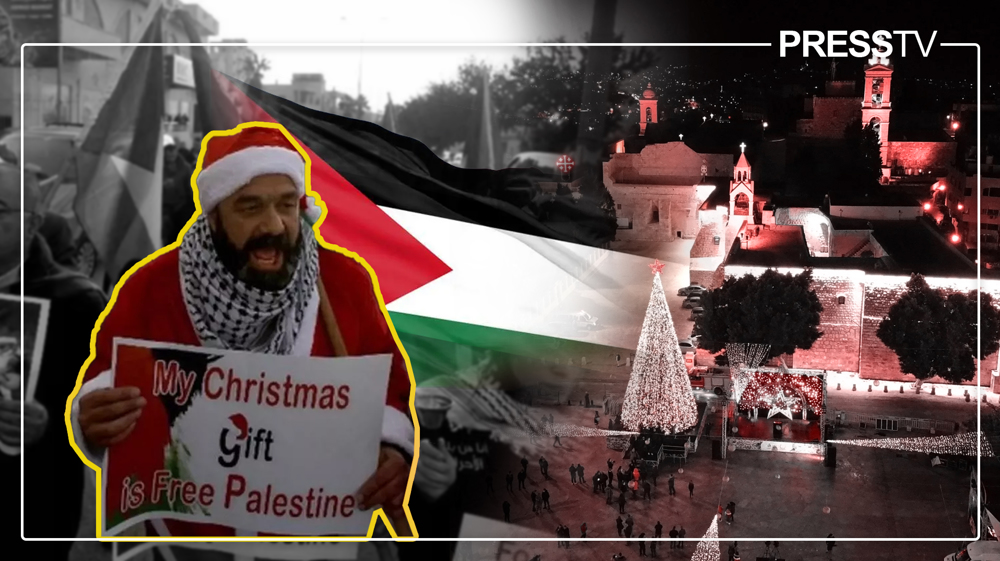

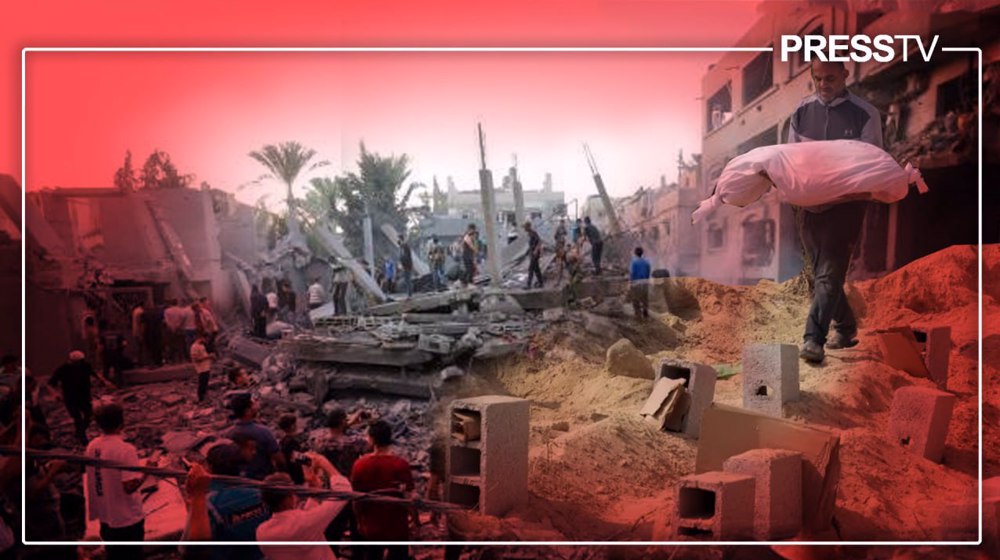



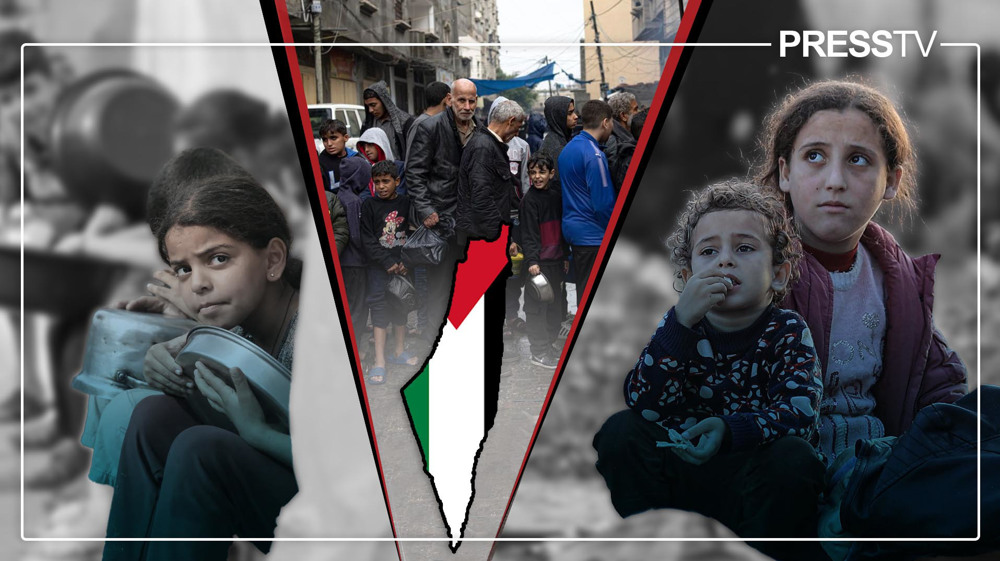
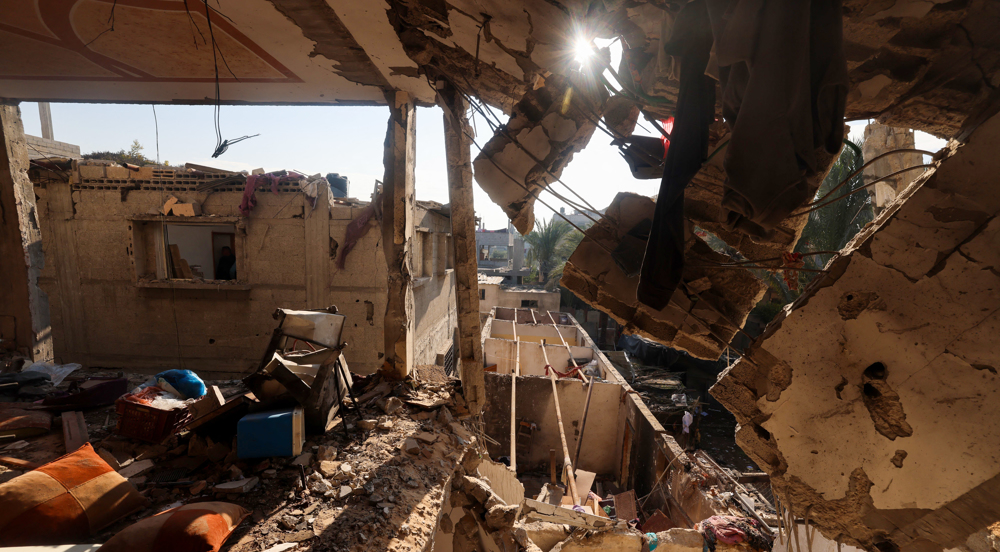


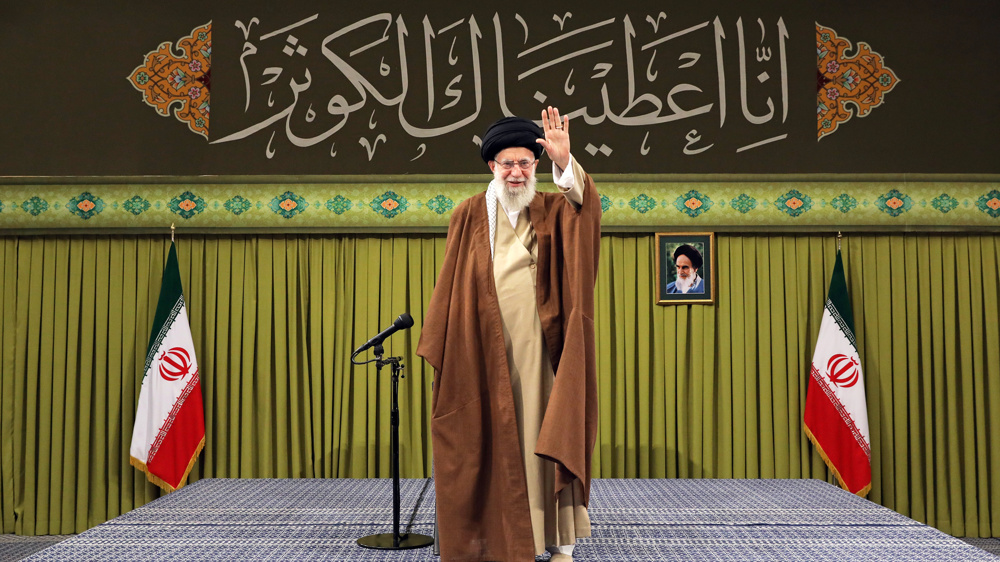

 This makes it easy to access the Press TV website
This makes it easy to access the Press TV website